
With 85% of safety professionals struggling with human factors, you need to go beyond standard procedure.
Update your safety playbook using these free guides to tackle human factors that impact PPE noncompliance, distracted driving, back injuries, slips, trips and falls. Download them now!
Sponsored by SafeStart
In May of 2016, the Occupational Safety and Health Administration (OSHA) issued a final
rule “Improve Tracking of Workplace Injuries and Illnesses” to revise its recording and
reporting occupational injuries and illnesses regulation. The final rule requires employers
in certain industries to electronically submit to OSHA injury and illness recordkeeping
data included on the 300A, 300, and 301 forms.
Sponsored by IndustrySafe A Product of TRA Inc
Workers at a distribution company were regularly working at height to service a conveyor system that runs throughout the entire facility. To protect those at height, the company installed multiple Gorbel Tether Track™ ceiling mounted, monorail anchor systems with self‐retracting lanyards. The dual‐trussed monorail now allows multiple workers to be on the conveyors with the ability to pass each other without disconnecting the lanyards from their harnesses.
Sponsored by Gorbel Inc.
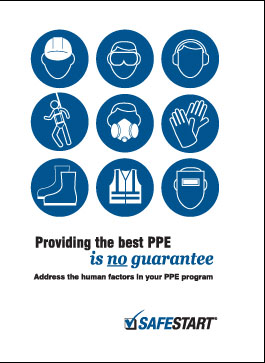
Even the best PPE only works when worn—so how do you get workers to actually wear PPE all the time?
PPE compliance is greatly influenced by a person’s state of mind, and being in a rush, frustrated, tired or complacent with hazards affects decisions around PPE compliance in critical moments. This paper addresses how to deal with human factors in your safety program to reduce injuries and improve PPE use among employees.
Sponsored by SafeStart
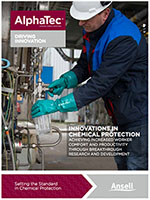
The chemical protection market has remained unchanged in the last thirty years despite industry advancements and changes. Consequently, workers and purchasing agents have experienced serious gaps in their wants and needs for chemical protection with the products currently available.
Sponsored by Ansell
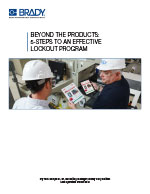
You have safety padlocks, lockout tags, and circuit breaker, electrical and valve lockout
devices. You even installed a few wall-mounted, department-specific lockout stations in
your facility. So you should be ready for an OSHA lockout/tagout inspection, right? And
your employees should understand your program and how to put it into practice?
Sponsored by Brady Corp.
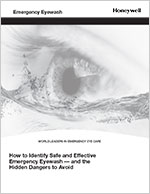
The human eye is a complex and intricate organ that provides us with the
invaluable sense of sight. Commonly referred to as our windows to the world,
eyes allow us to take in the majority of information we obtain about the environment
around us. In fact, experts agree that the eyes contribute nearly 85 percent of an
individual’s total knowledge. Because we rely on our eyes for nearly every activity
we perform, most individuals value the sense of sight above all others.
Sponsored by Honeywell Safety Products
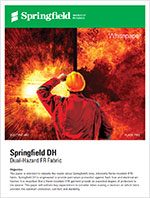
This paper is intended to educate the reader about Springfield’s new, inherently flame-resistant (FR)
fabric. Springfield DH is engineered to provide permanent protection against flash fires and electrical arc
flashes. It is important that a flame-resistant (FR) garment provide an expected degree of protection to
the wearer. This paper will address key expectations to consider when making a decision on which fabric
provides the optimum protection, comfort, and durability.
Sponsored by Springfield
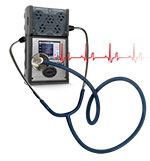
From this white paper, learn the three things every safety professional should know about their portable gas detectors, data management and safety culture.Though the essential data stored within gas detectors will help safety personnel make decisions that increase workplace safety and strengthen their safety cultures, it often goes unused. Informed decisions will save lives; uninformed decisions will encourage more unsafe behaviors and conditions.
Sponsored by Industrial Scientific Corp.
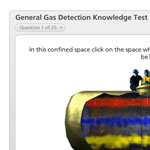
Complete our General Gas Detection Test and we'll give you $50 off your next face-to-face training session.
Sponsored by Industrial Scientific Corp.